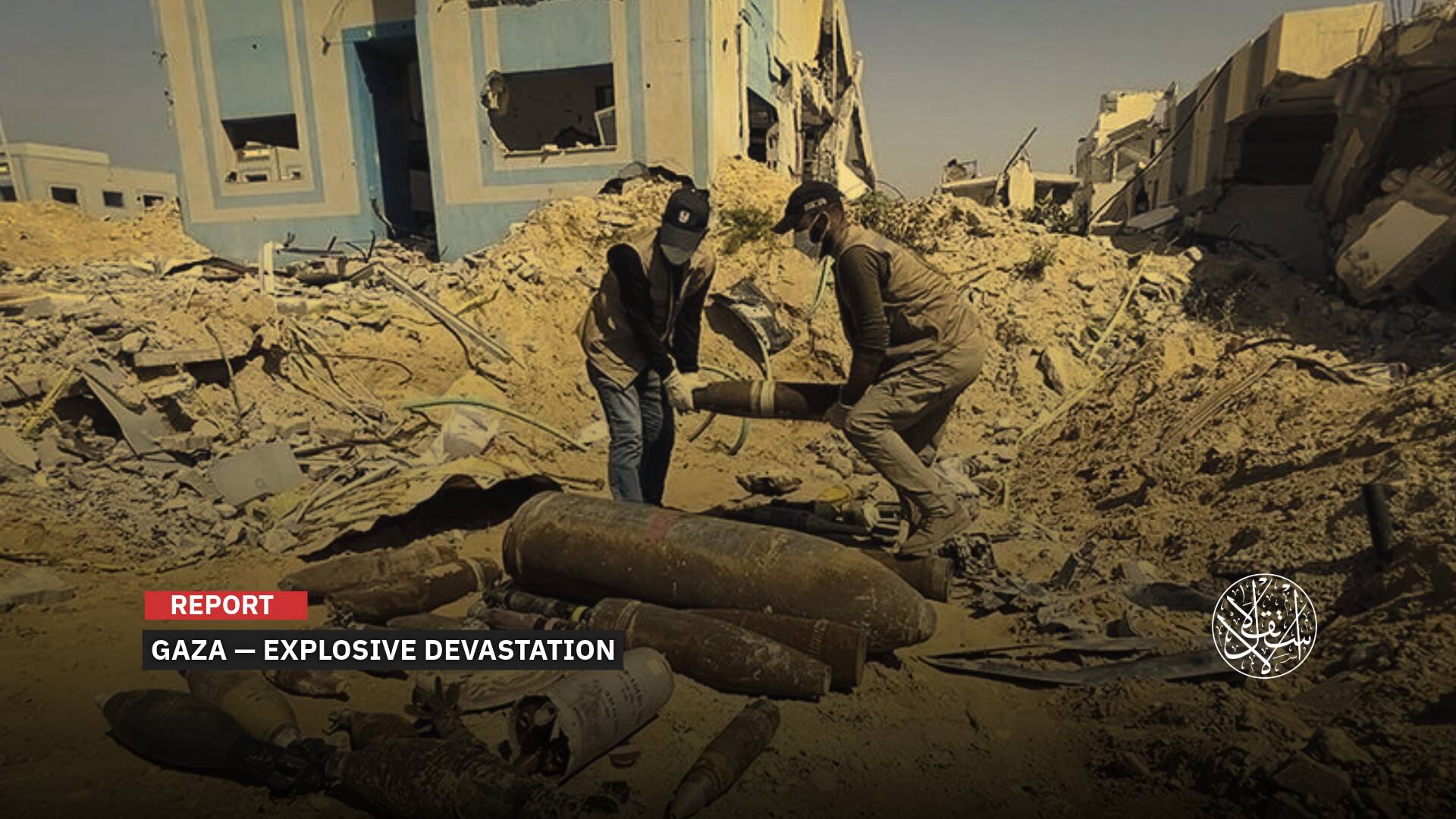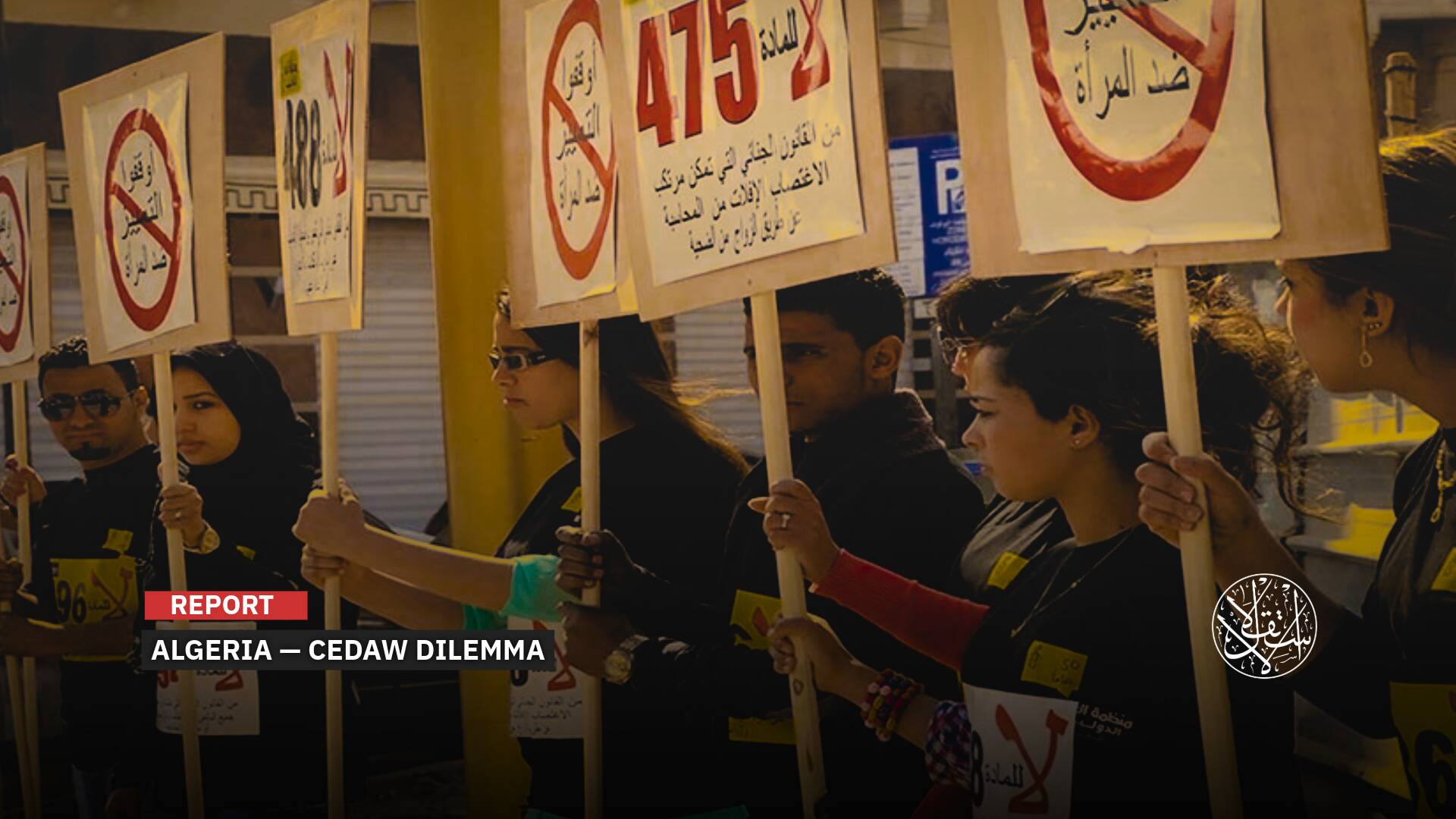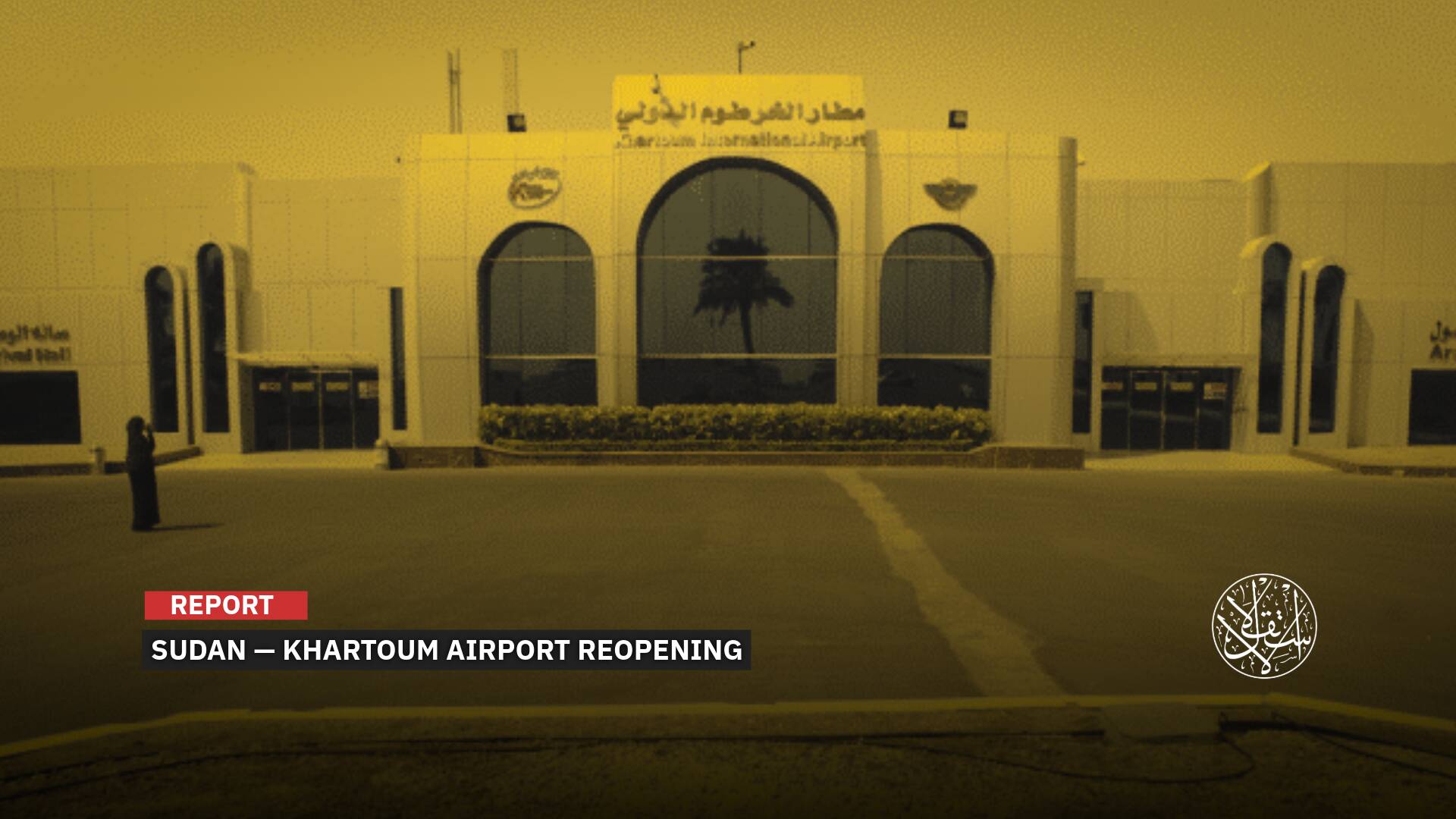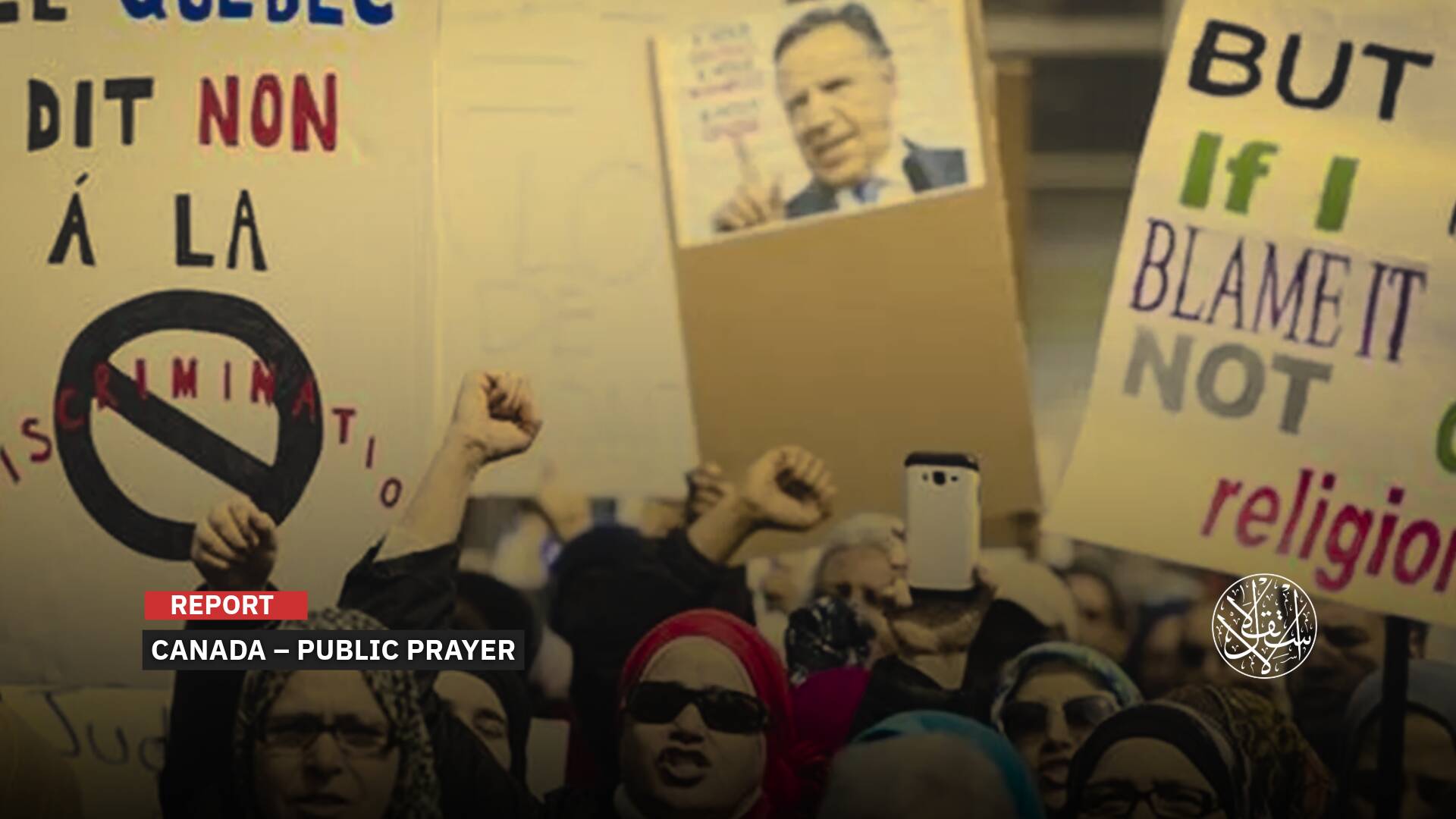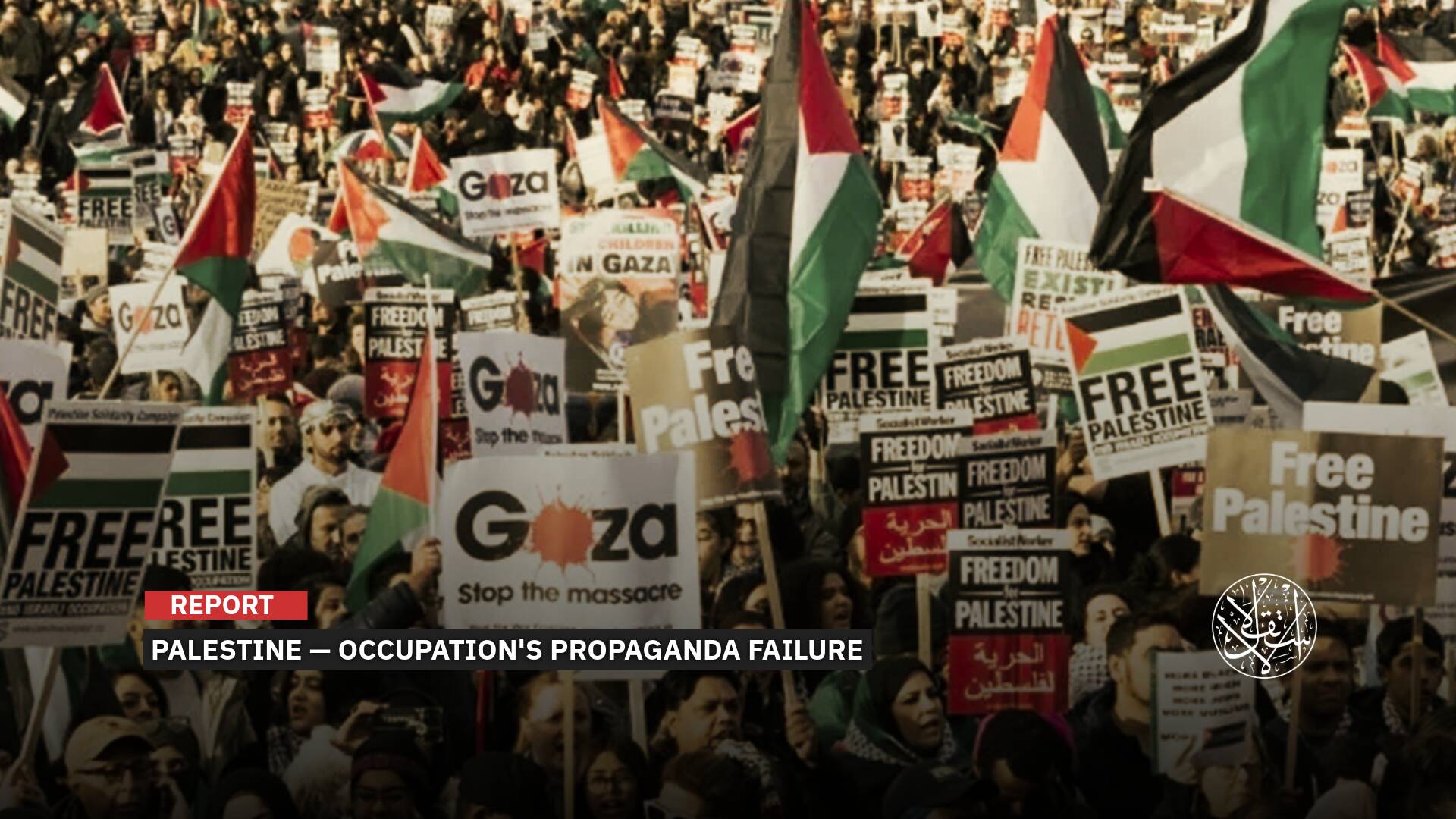Climate Conspiracy Theories: Did Eco-Terrorists Intentionally Set Fires in Canada?

While the Canada wildfire season runs from May through October, such destruction this early in the season is rare. One month in, Canada is on track to have its most destructive wildfire season in history. Climate change-driven extreme temperatures and drought have created a tinderbox, CBC News reported.
This Canadian crisis has not been limited to the Great North. Smoke from the fires has spread across a large portion of the U.S., affecting air quality for millions across the East Coast, as the fires rage on without signs of stopping.
Conspiracy theorists insist arson, not climate change, is responsible for the wildfires, but Natural Resources Canada told reporters on June 5 that this fire season was exacerbated by hot, dry, and windy conditions.
While Prime Minister Justin Trudeau attributed the cause of the fires to climate change. “These fires are affecting everyday routines, lives and livelihoods, and our air quality,” he said on Twitter.
We’re seeing more and more of these fires because of climate change. These fires are affecting everyday routines, lives and livelihoods, and our air quality. We’ll keep working – here at home and with partners around the world – to tackle climate change and address its impacts.
— Justin Trudeau (@JustinTrudeau) June 7, 2023
Wildfires in Canada
So far in 2023, Canada has seen larger wildfires than any previous year at this point in the season, with more than 4.4 million hectares burned, roughly 15 times the annual average of the past decade. Tens of thousands of people have evacuated as a result.
Warm and dry conditions are like kindling for wildfires. Much of Canada, like the rest of North America, has recently experienced record heat and drought as climate change continues warming the planet.
“The fire season is also lasting longer now because of climate change. Spring is coming weeks earlier, and fall is coming weeks later. More time for the fires and grasslands to burn,” Edward Struzik, a fellow at Queen’s Institute for Energy and Environmental Policy at Queen’s University in Canada, told CBS News.
Struzik said the jet stream, which creates weather and moves it from west to east, also contributes to the fires.
“It’s getting weaker because its strength depends on the temperature differences between the Arctic and the south,” he added.
He also noted that “now that the Arctic is warming faster than the rest of the world, the jet stream is weaker, a little wonkier. That’s one reason why we see hot, dry weather systems stall, allowing heat domes to build and set the stage for fire.”
Canada: Folks evacuating Tantallon, Nova Scotia.
— The Hotshot Wake Up (@HotshotWake) May 28, 2023
It’s being reported that this fire has the largest resource response in Province history. #canada #novascotia #wildfire pic.twitter.com/4fLBFgWNar
According to the Canadian Wildland Fire Information System (CWFIS), the destruction from these fires up to this point in the season has been 13 times worse than the 10-year average.
Dry, hot weather also breeds more lightning. In a normal season, half of Canada’s wildfires are started by lightning, but those fires account for more than 85% of wildfire destruction, while the other half are human-caused.
What might seem like slight increases in average temperatures have major consequences.
“Most fires in the boreal forest of northern Canada are started by lightning. A one-degree Celsius increase in temperature amounts to about 12% more lightning. So the warmer it gets as the climate heats up, the more triggers there are for fires to burn,” said Struzik.
In Quebec, for example, fires were sparked by lightning, but officials in Alberta have said that the cause of fires there is currently unknown.
Elsewhere in the country, these fires have been human-caused in various ways, from discarded cigarette butts to sparks from passing trains.
Although wildfires are common in Canada, it is unusual for fires to burn simultaneously in the east and west, which has led to an increase in firefighting resources and forced the Canadian government to send the army to help.
Some of the worst fires have been raging in eastern Quebec, and more than 11,000 people have been forced to evacuate their homes in the province.
The wildfire season began unusually early in Alberta last month, destroying a record amount of land.
Nova Scotia is also continuing to fight the largest wildfires it has ever seen.

Climate Change
As Canada fears facing the worst wildfire season in its history, a conspiracy theory has spread online alleging that environmental activists deliberately set some of the fires, AFP reported on June 9, 2023.
“I bet a good portion of the wildfires raging across the country were started by green terrorists who want to give their climate change campaign a little boost,” Maxime Bernier, the leader of the far-right People’s Party of Canada, tweeted on June 5.
Highlighting several arrests that have been made across Canada in recent weeks, Bernier has blamed the wildfires on arsonists. In late April, the Royal Canadian Mountain Police (RCMP) charged two individuals in Alberta with multiple counts of arson.
I bet a good portion of the wildfires raging across the country were started by green terrorists who want to give their climate change campaign a little boost.
— Maxime Bernier (@MaximeBernier) June 5, 2023
The far left are experts at inventing and creating crises that they can then exploit. https://t.co/XSP4rAhjS9
On TikTok, a video with almost 20,000 views claims the fires in Nova Scotia were set on purpose to push a climate change agenda.
As wildfires spread in Quebec, some questioned how all the blazes could have started on the same day. One Facebook video with more than one million views blames a terrorist attack for the flames.
But Karine Pelletier from the province’s Forest Fire Protection Agency said the causes are still under investigation.
“There are a lot which are caused by humans, but these are almost always accidents,” she said, noting that recent lightning strikes were to blame for many of Quebec’s wildfires.
Major Wildfires burning in Quebec, over 10,000 evacuated, state of emergency declared ��
— Earth42morrow (@Earth42morrow) June 3, 2023
VC: Collette Samuel #Wildfire #Canada #Quebec #SeptIles #Viral #Climate #Fire #Firefighters #ForestFire pic.twitter.com/WwqSVx99Oo
In turn, Melissa Story, an Alberta Wildfire spokeswoman, explained to AFP that unless lightning is involved, a blaze is classified as human-caused. This does not exclusively mean arson.
“It could be related to general causes, including agriculture, forest industry, powerlines, or oil and gas industry, railroad or residential wildfires,” she added.
Nova Scotia officials have also said they are still investigating the origins of the province’s fires, which are presumed to be human-caused.
Chris Russill, a professor at Carleton University studying climate change communication, said the eco-terrorist theory may have once had some basis in truth, but then that gets exaggerated in its importance or significance.
As for conspiracy theories, one says that the Canadian government is starting wildfires, either to advance its climate change policies or to force citizens into cities where it will be easier to impose climate lockdowns.
Russill tied those fears to Canada’s signing of the 2015 Paris Climate Agreement, which raised alarm about the impending climate crisis.
As the Trudeau government implemented stricter climate caps and taxes over the past decade, Russill said people in Canada’s natural resource industries have grown defensive.
Meanwhile, environmental advocates are calling on Canada to do more to address the problem fueling the recent scenes of wildfire devastation: climate change. The country, home to the Alberta tar sands, was the fourth-largest oil producer in the world in 2020, and activists say it cannot be a climate leader while also continuing to develop oil and gas projects.
“This needs to be a wake-up call,” said Salome Sane, a climate campaigner at Greenpeace Canada, stressing that the blazes should push the Canadian government to hasten a divestment from fossil fuels.
“Fossil fuels are the primary cause of the global climate crisis, and our dependence on them is clearly exacerbating extreme weather events in general, and particularly in this season, the frequency and severity of wildfires,” Sane said.
In turn, Zaher Hashem, a writer specializing in environmental affairs, told Al-Estiklal that high temperatures, low air humidity and high wind speeds help increase the chances of wildfires breaking out in general.
Regarding the recent forest fires in Canada, the writer indicated that “climate change added a new dimension that led to an increase in the frequency and intensity of wildfires and made them more dangerous,” indicating that “climatic changes may be the cause of these fires, as the country is witnessing a warmer and drier spring than usual, with expectations that these conditions will continue throughout the summer.”
“The recent forest fires in Canada are the largest natural disaster in the country's history, in terms of fire extinguishing costs and below,” Mr. Hashem added.
“The spread of more wildfires on the surface of the globe as long as severe weather conditions remain, especially with the world entering a new wave of the El Niño phenomenon, which is likely to make 2024 the hottest year in the world,” he said.
Concerning conspiracy theories about the causes of fires in Canada, Mr. Hashem ruled that out, pointing out that investigations are necessary to uncover the circumstances of fires that may have been deliberate but occur in harsh climatic conditions that make them highly destructive and widespread.

Unprecedented Pollution
Wildfire smoke coming from more than 430 active wildfires in Canada has engulfed large swaths of the U.S., renewing the climate change conversation.
Perhaps the most prominent repercussions of the continuation of forest fires in Canada are the findings of researchers that the U.S. recently witnessed the worst air pollution resulting from toxic forest fire smoke in its recent documented history.
New York also ranked second in terms of bad air in the world, as the city’s pollution level reached unprecedented levels as a result of the fires that have been going on for a week in the provinces of Quebec and Nova Scotia in eastern Canada, as reported by The Guardian newspaper on June 8, 2023.
According to IQAir, the air quality index in New York reached 167 degrees, which is more than five times above the national air quality standard, to be the worst quality in the world after the Indian capital, New Delhi.
“It’s the worst by far, it was bad. We have not seen events like this, or even close to this, on the east coast before. This is a historic event,” said Marshall Burke, an environmental scientist at Stanford University who led the work.
“This just shows that climate change isn’t just affecting glaciers and polar bears, it’s affecting us to the point we can’t breathe clean air anymore,” said Francesca Dominici, an expert in air pollution and climate at Harvard University.

The U.S. Environmental Conservation Administration issued guidelines on air quality, noting that fine particulate matter in it is among the most harmful.
It announced that more than 100 million Americans are covered by the warnings, which affect most of the northeastern United States, from Chicago in the north to Atlanta in the south.
The smoke has now also been detected thousands of kilometers away in Norway, the Scandinavian country’s Climate and Environmental Research Institute NILU said.
Sources
- How did the Canadian wildfires start? A look at what's causing the fires that covered the East Coast in smoke
- Canada’s record wildfires should be ‘wake-up call’, experts warn
- Canada Wildfires Spark Climate Conspiracy Theories
- Canada wildfires spark 'ecoterrorist' conspiracy theory
- Air pollution in US from wildfire smoke is worst in recent recorded history


